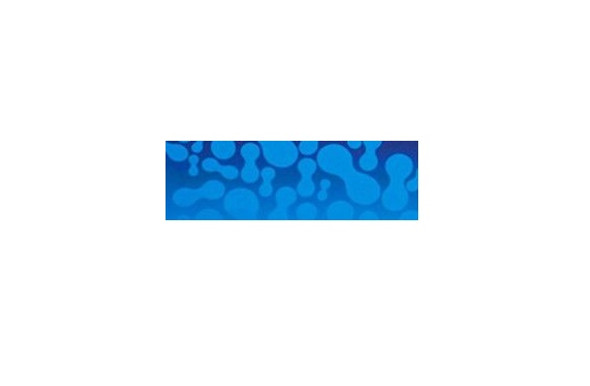Description
Recombinant Mouse CADM4/IGSF4C/TSLL2 Protein (His Tag) | PKSM040646 | Gentaur US, UK & Europe Disrtribition
Synonyms: Igdf4c;Igsf4c;Tsll2
Active Protein: N/A
Activity: A DNA sequence encoding the extracellular domain of mouse CADM4 (NP_694752.1) (Met 1-Ala 324) was expressed, with a polyhistidine tag at the C-terminus.
Protein Construction: A DNA sequence encoding the extracellular domain of mouse CADM4 (NP_694752.1) (Met 1-Ala 324) was expressed, with a polyhistidine tag at the C-terminus.
Fusion Tag: C-His
Species: Mouse
Expressed Host: HEK293 Cells
Shipping: This product is provided as lyophilized powder which is shipped with ice packs.
Purity: > 97 % as determined by reducing SDS-PAGE.
Endotoxin: < 1.0 EU per μg of the protein as determined by the LAL method.
Stability and Storage: Generally, lyophilized proteins are stable for up to 12 months when stored at -20 to -80℃. Reconstituted protein solution can be stored at 4-8℃ for 2-7 days. Aliquots of reconstituted samples are stable at < -20℃ for 3 months.
Molecular Mass: 34.5 kDa
Formulation: Lyophilized from sterile PBS, pH 7.4
Reconstitution: Please refer to the printed manual for detailed information.
Background: Immunoglobulin superfamily member 4C (IGSF4C), also known as CADM4 or NECL-4, is an immunoglobulin (Ig) superfamily molecule showing significant homology with a lung tumor suppressor, TSLC1. CADM4/IGSF4C/NECL-4 protein is mainly expressed in the kidney, bladder, and prostate in addition to the brain. Experiments have reported the biological significance of CADM4/IGSF4C/NECL-4 in the urinary tissues. An immunohistochemical study reveals that CADM4 is expressed at the cell-cell attachment sites in the renal tubules, the transitional epithelia of the bladder, and the glandular epithelia of the prostate. IGSF4-immunoreactivity (IR) was observed diffusely in the telencephalic wall, whereas it became rather confined to the subplate, the cortical plate and the subventricular zone as the development proceeded. IGSF4-IR gradually decreased after birth and disappeared in adulthood. IGSF4 remained at low levels throughout embryonic stage, whereas it increased after birth. These spatiotemporal patterns of the expression suggest that IGSF4 plays crucial roles in the development of both telencephalon and cerebellum. CADM4/IGSF4C/NECL-4 is ectopically expressed in adult T-cell leukemia (ATL) cells, providing not only a diagnostic marker for ATL, but also a possible therapeutic target against its invasion. The distinct roles of CADM4/IGSF4C/NECL-4 in the oncogenesis of carcinomas and ATL could be due to tissue-specific differences in the downstream cascades, and is a novel concept with respect to cell adhesion in human oncogenesis.
Research Area: N/A






